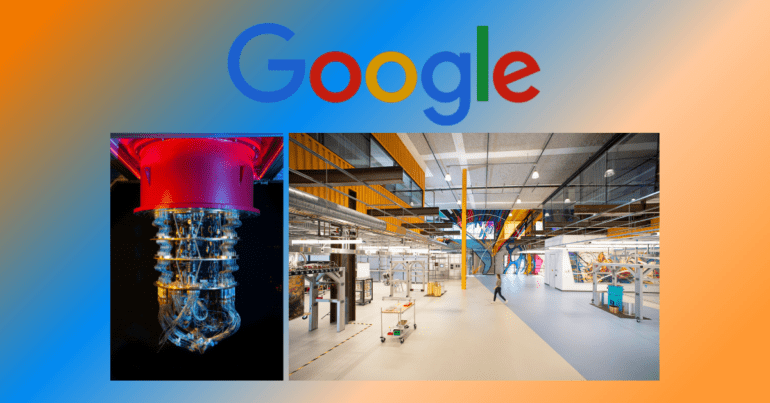TL;DR:
- Google Quantum AI explores quantum computing applications in pharmacology, chemistry, and nuclear energy.
- Quantum computers demonstrate superior accuracy in understanding enzyme chemistry, requiring millions of physical qubits for optimal performance.
- Quantum simulations offer hope for sustainable lithium-ion batteries but need advancements in qubit technology.
- Quantum algorithms show promise in enhancing inertial confinement fusion experiments.
- The research highlights the potential of error-corrected quantum computers for solving complex problems.
Main AI News:
In the ever-evolving landscape of quantum computing, industries have long lauded its transformative potential. Yet, a lingering question persists: can it truly prove its mettle in solving finite-sized problems? Google Quantum AI, a beacon of innovation in this arena, has embarked on a collaborative research journey aimed at unveiling the precise domains where quantum computers surpass their classical counterparts. Recent endeavors within this quest include a triumvirate of case studies:
1. Illuminating Enzyme Chemistry Collaborators: Boehringer Ingelheim, Columbia University
In a groundbreaking partnership with Boehringer Ingelheim and Columbia University, Google Quantum AI delved deep into the intricate electronic structure of Cytochrome P450, a crucial family of enzymes pivotal in drug metabolism. The quest to discern the complex chemistry within these enzymes led to a revelation. A quantum computer’s inherent accuracy shines a beacon of hope, especially as system sizes grow larger. The quantum advantage becomes increasingly palpable, underscoring the necessity for several million physical qubits to truly harness the power of quantum computing in this domain.
2. The Quest for Sustainable Lithium-ion Batteries Collaborators: BASF, QSimulate, Macquarie University
Lithium-ion batteries power various aspects of modern life, but their reliance on cobalt raises environmental and ethical concerns. Google Quantum AI, in collaboration with BASF, QSimulate, and Macquarie University, set out to explore lithium nickel oxide (LNO) as a viable cobalt alternative. Understanding LNO’s properties is of paramount importance. Their research, elegantly encapsulated in the paper “Fault-tolerant quantum simulation of materials using Bloch orbitals,” unveiled quantum simulation techniques for periodic atomic structures like LNO. While quantum computers exhibit efficiency in calculating LNO’s energies, the current requirement for an impractical number of qubits leaves room for hope in future advancements.
3. Quantum Insights into Inertial Confinement Fusion Collaborators: [Research Team]
In the realm of nuclear energy, quantum simulations hold the promise of revolutionizing inertial confinement fusion experiments. Researchers set their sights on calculating the stopping power within warm, dense matter, a critical factor in reactor efficiency. The quantum algorithm they’ve developed shows great potential, with resource requirements estimated to fall within reasonable bounds compared to previous applications. While uncertainties still persist, it undoubtedly outperforms classical alternatives, which often resort to mean-field methods, introducing systematic errors in the simulation of such intricate systems.
These three case studies, collectively, serve as a testament to the burgeoning possibilities that error-corrected quantum computers bring to the table. As researchers continue to expand their arsenal of concrete applications, the horizon of quantum computing’s potential becomes increasingly clear. Unlike static ground-state problems, quantum dynamics embrace the evolving nature of quantum systems over time. Collaborative research has provided compelling evidence that quantum algorithms can outshine their classical counterparts in both efficiency and accuracy.
Conclusion:
Google Quantum AI’s research unveils the transformative potential of quantum computing across multiple industries. While the technology shows promise, its practical application awaits advancements in qubit technology. Nevertheless, quantum computing’s capabilities signify a promising future for solving intricate challenges in pharmacology, chemistry, and nuclear energy, heralding a new era of innovation.

